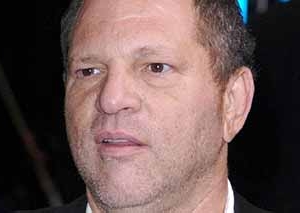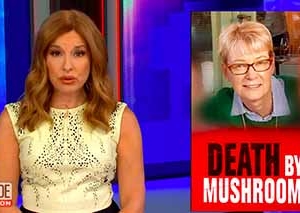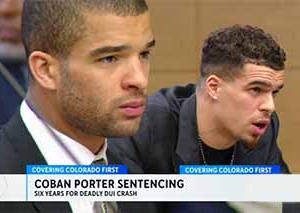The unorthodox teaching methods of teachers at a Norcross elementary school have caused a national uproar. The teachers gave 3rd grade students at Beaver Ridge Elementary a math lesson featuring slavery questions such as figuring out how many beatings a slave would get if he was whipped twice a day for 2 weeks.
 Over 100 students were sent home with the math lesson, which featured about 20 questions on slavery. Some parents reacted with fury, accusing the teachers of blatant racism. But education leaders dismiss the allegations of racism.
Over 100 students were sent home with the math lesson, which featured about 20 questions on slavery. Some parents reacted with fury, accusing the teachers of blatant racism. But education leaders dismiss the allegations of racism.
According to the AJC, Calvine Rollins, president of the Georgia Association of Educators said “the slave math lesson created by a teacher to reinforce a lesson on Frederick Douglass may have used poor judgment, but it shouldn’t lead to the termination of those who wrote or handed it out without reviewing it.”
“This is an unfortunate incident,” Rollins said. “I don’t believe the teacher wanted to expose those kids to anything offensive. Gwinnett County teachers are dedicated. They work hard and try on a daily basis to do the right thing.”
The NAACP has stepped up its call for the teacher’s dismissal. “The superintendent said it was an honest mistake,” said Ed DuBose, state NAACP president. “But there is no scenario in which I think that a teacher should have developed questions that inflammatory. That teacher should have no future in the teaching profession. Our position is that teacher and the teachers who distributed the questions should be fired. Five teachers made the right decision not to distribute them.”
The slavery math lesson was a topic of discussion on ‘The View’ yesterday, where co-hosts Whoopi Goldberg and Sherri Shepherd condemned the teachers for being racists.
But co-host Joy Behar disagreed. “Well, they’re saying that slavery exists, I guess,” said Behar.
Beaver Ridge principal Jose DeJesus sent a letter home to parents echoing Behar’s opinion that the uproar over the math lesson is much ado about nothing:
“Our third graders have been studying famous Americans and had been reading about Frederick Douglass, a former slave,” DeJesus wrote. “These particular questions were an attempt at incorporating some of what students had been discussing in social studies with their math activity.”








